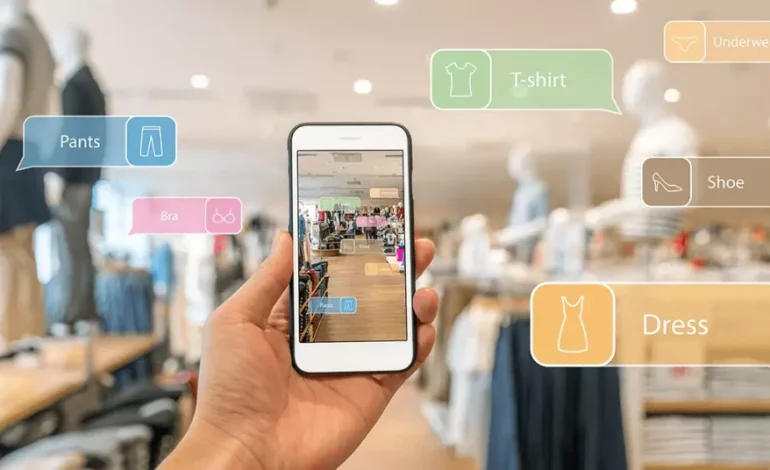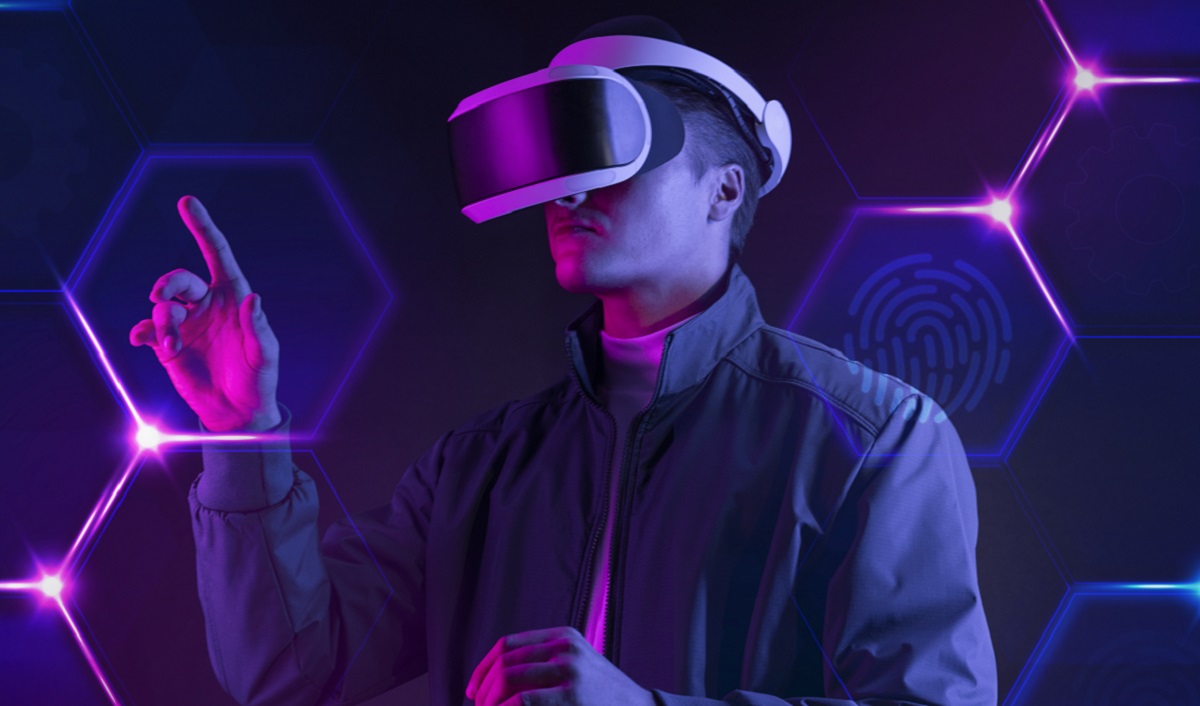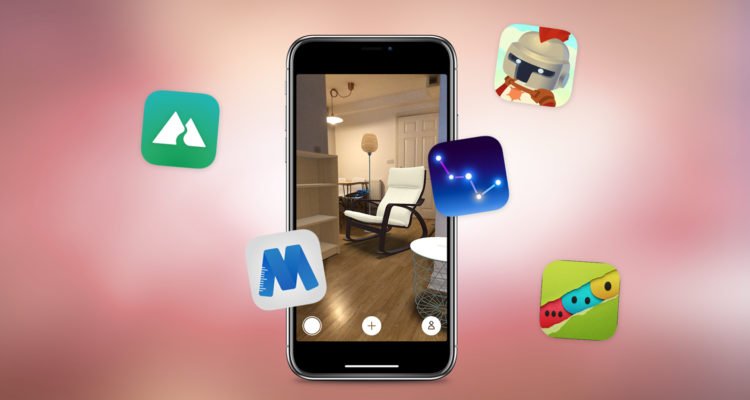Top Augmented Reality SDKs to Kickstart AR app development in 2021
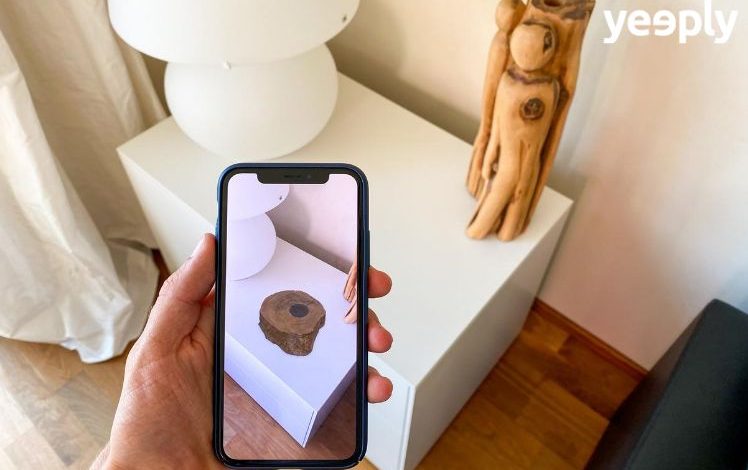
Top Augmented Reality SDKs to Kickstart AR app development in 2021
Are you thinking to develop an AR app? Well, before developing the app you need to have sound knowledge of Augmented Reality SDKs. Seeing the graph of AR usage we can predict the exponential increase in usage of AR apps in upcoming years. Augmented Reality is one of the most innovative technology with immense potential to reshape the industry. In the past few years, AR has become the buzzing word. With time the technology is being embraced by most of the industry. A few years ago, the AR game Pokémon Go was launched, and since then the technology has evolved a lot. Top tech players such as Microsoft, Google, Apple are actively investing in this technology.
To build those dynamic apps, you need to be well-versed with SDKs. We are living in an app-driven world. Applications have become a crucial part of our lifestyle. With increasing usage competition is also increasing. To help you go through this cut-throat competition I have listed the top Augmented Reality SDKs. If you are a newbie in this world you can know about the technology here. Before moving to the AR SDKs let us get acquainted with the term SDK:
What is the SDK?
Software Development Kit abbreviated as SDK helps developers to build applications. The AR SDK is the software engine that uses computer vision technology to develop immersive AR applications. Augmented Reality SDKs is used to merge the computer-generated graphics with physical word and give it a real-like feel. AR SDK is crucial for any business or developers inclined to develop Augmented Reality software. In upcoming years AR software development will spike up at a significant pace. Today AR software ranges from gaming, healthcare to education, and many more. In upcoming years we will be witnessing more diverse AR applications. In such a scenario, developers need to know different Augmented Reality SDKs. This will help developers to select the SDK that best suits their upcoming project.
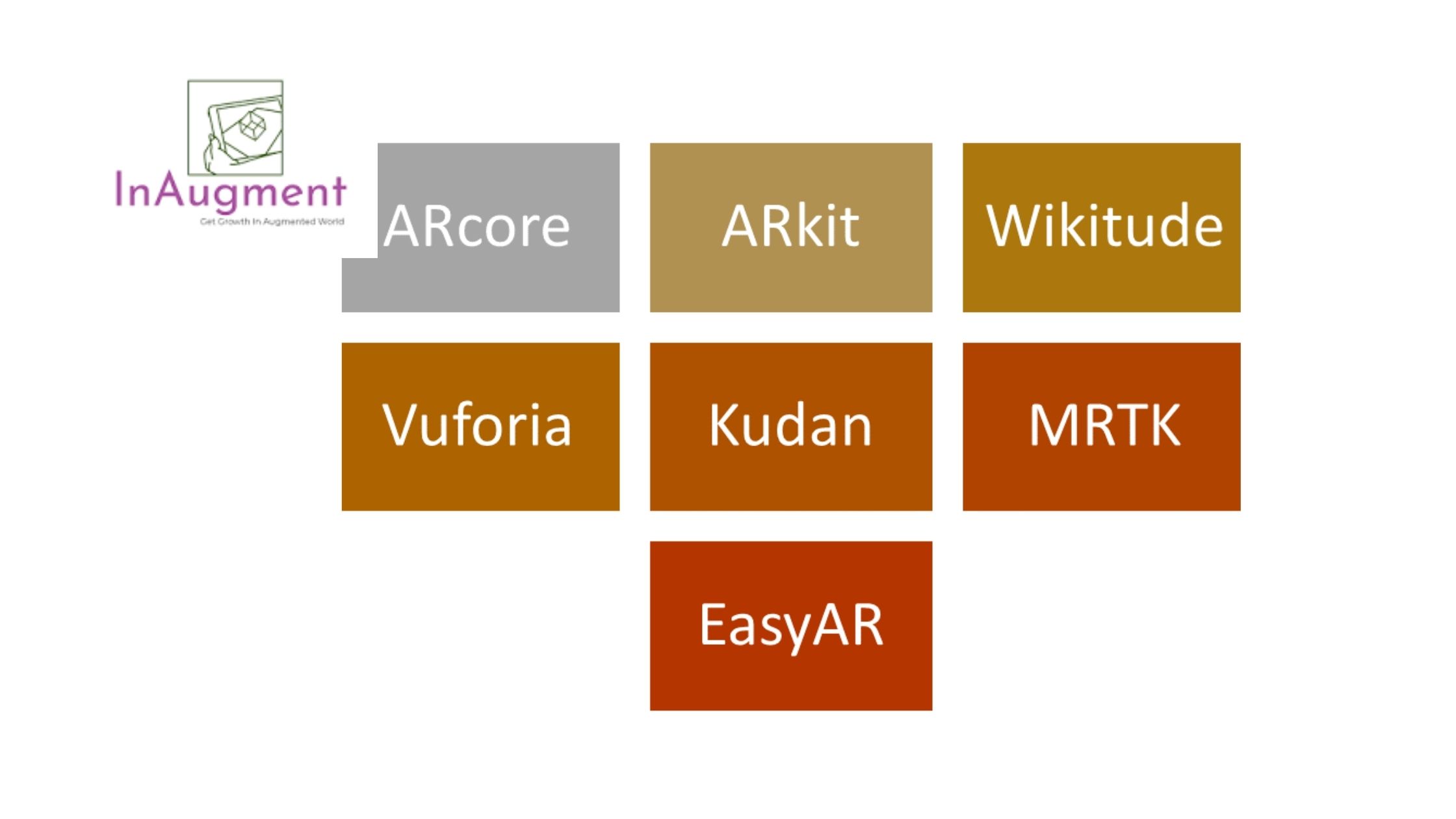
Top Augmented Reality SDKs for Mobile apps in 2021 are:
· ARcore:

ARcore (source)
ARcore is developed by Google that aims to help developers develop an Augmented Reality application for Android handheld devices. If you are looking forward to developing an AR app for android you can consider ARcore in your list of SDKs. Unlike the AR kit, ARcore supports iOS devices as well.
ARcore allows developers to merge digital information with the physical world. Light estimation, motion tracking, and environmental understanding are the prime features of ARcore that help developers to blend the physical and digital world. The light estimation feature helps to detect lighting in the real-world and the motion tracking feature of ARcore is used to know the position of a smartphone concerning surroundings. The real-time tracking and the ability to detect a device’s location make ARcore stand out from the crowd.
· ARkit:
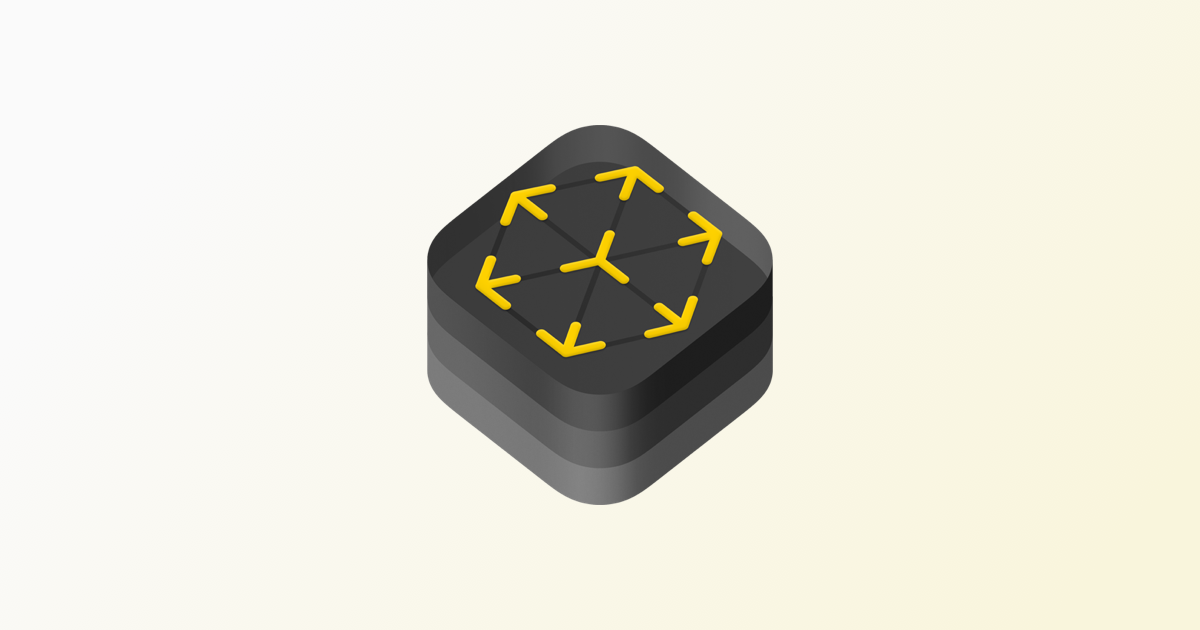
ARkit (source)
ARKit rolled for apple users using iOS 11 and beyond in 2011. The ARKit helps developers to build applications for the iPhone and iPad. Well, if you are an Apple user and fond of AR technology you might have noticed the evolving AR kit. ARkit is continuously evolving, upgrading its features and detecting ability. It started with detecting 2D objects but now can efficiently track multiple faces and much more.
The ARkit in terms of experience is similar to the rest of the Augmented Reality SDKs but in terms of support, it caters to a large number of devices. ARKit uses Visual Inertial Odometry (VIO) for tracking the surrounding. Some top features of ARKit are, VIO, stable and fast motion tracking, mapping, lighting estimation. VIO integrated with core motion data allows the app to detect floors and tables. So, suppose if you have a generated 3D glass and the environment has a floor as well as table, the app is smart enough to know where to place the glass. It also facilitates the integration of third-party tools such as Unreal Engine and Unity.
· Wikitude:

Wikitude (source)
Wikitude was released in 2008 with the sole aim of allowing developers to develop localized mobile AR applications. But, within a few years, the SDK integrated robust features such as image recognition, rea-time tracking, geolocation, and became one of the best SDKs to develop AR apps.
· Vuforia:

vuforia (source)
This Augmented Reality Software Development Kit allows to development of AR applications for mobile devices. It supports multiple platforms including Android and iOS. The SDK uses computer vision technology to detect real-time images. Some top features of Vuforia are its flexibility, simple setup procedure, supports of multiple 3D, and 2D targets. Its features make it the top SDK to be preferred for businesses and brands. It supports multiple platforms as well as Head-up Displays and wearable devices.
· Mixed Reality ToolKit:

Mixed Reality Toolkit (source)
Mixed Reality Toolkit developed by Microsoft is prominently known to create an app for HoloLens. The toolkit is also referred to as HoloToolKit. You can use this SDK to Create apps for headsets and HoloLens. The top features of MRTK are eye-tracking and Hand Tracking. It is equipped with multiple APIs to boost the speed of development.
· EasyAR:

EasyAR (source)
Easy AR Augmented Reality SDK is best for real-time tracking of multiple 3D objects. This SDK can be used to develop applications for mobile phones as well as desktops. It is one of the highly used Augmented Reality SDKs for developing applications across both platforms. It has a free version and a pro version. The pro version is equipped with all advanced features. Easy AR offers features such as SLAM, 3D object tracking, planar image tracking, screen recording, etc.
· Kudan:
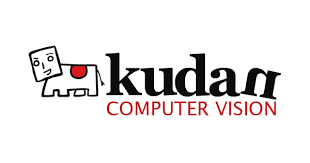
Kudan (source)
Kudan Augmented Reality SDK specializes in offering markerless and marker-based location requirements. It uses SLAM (simultaneous Localization and Mapping) features. The tracking feature of Kudan is precisely near to exact. Hence, it also offers marker-based and markerless tracking similar to mixed Reality Toolkit. The SDK can be used to develop applications for android and iOS. Developers can use this SDK to develop cross-platform apps for the unity game engine. Kudan SDK engine is written in C++. Developers can use its free version for testing.
Wrapping up
The Augmented Reality SDKs varies based on the pricing model, feature, and platforms that these supports. I hope the article helps you in picking up the apt AR SDK for your upcoming project.

